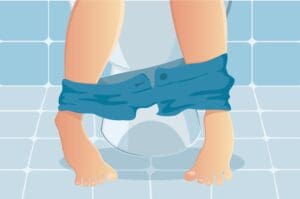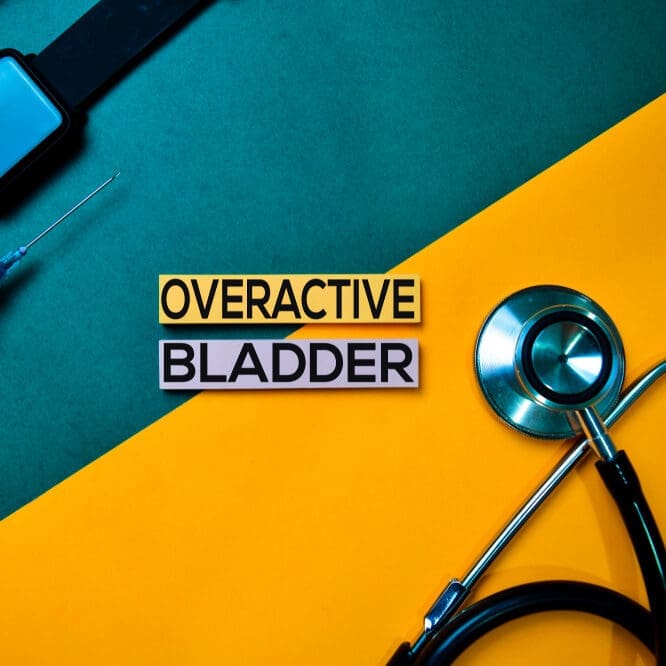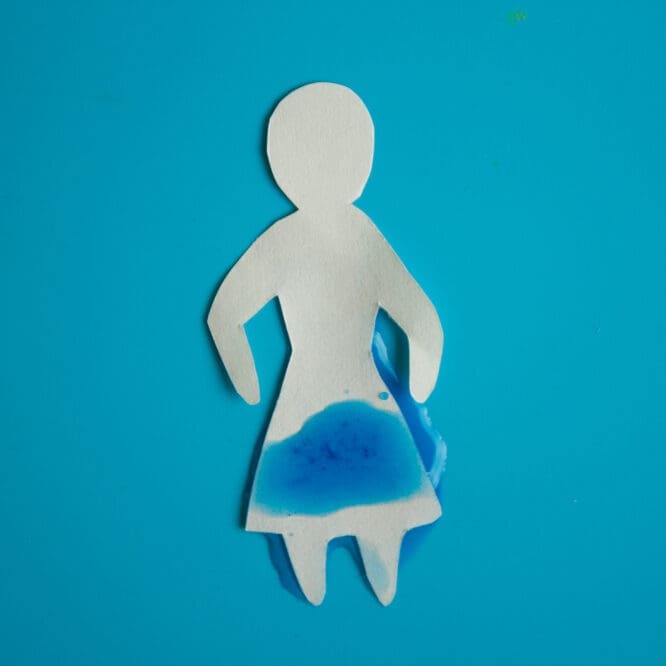5005 S. Cooper St.
Suite 250
Arlington, TX 76017
Leaky Bladder Is Cruel

Ready to Live Dry?
What causes leaky bladder?
Not all incontinence is the same.
Health Navigator
- Harrison “Mitch” Abrahams, MD
- Jeffrey Charles Applewhite, MD
- Jerry Barker, MD, DABR, FACR
- Paul Benson, MD
- Richard Bevan-Thomas, MD
- Keith D. Bloom, MD
- Tracy Cannon-Smith, MD, FMS
- Paul Chan, MD
- Kara Choate, MD
- Lira Chowdhury, DO, FACOS
- Weber Chuang, MD
- Adam Cole, MD, FS
- M. Patrick Collini, MD
- Zachary Compton, MD
- Adam Hollander, MD
- Patrick A. Huddleston, MD
- Justin Tabor Lee, MD
- Wendy Leng, MD, FPMRS
- Alexander Mackay, MD
- Tony Mammen, MD
- F.H. “Trey” Moore, MD
- Geofrey Nuss, MD
- Christoper Pace, MD
- Jason Poteet, MD
- Andrew Y. Sun, MD
- Scott Thurman, MD
- James Clifton Vestal, MD, FACS
- Keith Waguespack, MD
- Diane C. West, MD
- Keith Xavier, MD, FPMRS
Related News & Information
Don’t Live with Leaks!
You’ve tried to re-assert control over your bladder, but the “oh no” moments keep happening. Our compassionate incontinence specialists will help you take charge of your bladder again. We offer effective treatment options for every type of incontinence at our female incontinence clinic.

Stress Incontinence
Kegels. Targeted exercises can help strengthen the group of muscles that extend from the inside of the pubic bone to the anus. Woven around the vagina, urethra and rectum, these pelvic floor muscles help control the contractions of the bladder and pressure on the urethra—tightening and relaxing to start and stop the flow of urine.
Pelvic floor therapy and biofeedback. This specialized form of therapy helps reboot the bladder, pelvic floor, brain and abdominals so they work together. It begins with a pelvic exam to test the strength of a patient’s pelvic floor muscles and see if they’re relaxing and contracting properly. Biofeedback reveals whether an individual can engage various pelvic floor muscles to control their bladder when they move. Once the cause of leaking is identified, an individualized treatment plan is developed by a physical therapist to retrain patients about the way they move so leaks are eliminated.
Sling. A hammock-like sling is used to support the urethra and prevent urine leaks. While there are several ways the sling procedure can be performed and many different types of materials that can be used to create a sling, your UP urologist will determine which are best for you. More than one million women have had the sling procedure. Studies show that 85 to 94 percent of them no longer struggle with incontinence and were able to resume normal, non-strenuous activities within a few days.
Bulking injections. This outpatient surgical procedure is a good option for individuals who don’t want to undergo a surgical procedure or who may not be healthy enough for surgery. Bulking agents (protein substances) are injected into the patient’s urethra to bulk it up and stop leaks. Done in the outpatient surgery centre, the procedure takes only a few minutes. A cystoscope with a small camera is used so the physician can precisely target the injection site and dosage. The injections provide immediate, long-lasting relief. Some patients may eventually need a second injection, but most patients only need one injection for permanent relief.
Overactive Bladder
Lifestyle changes. Fluid and diet modification, weight loss, and pelvic-floor or Kegel exercises can help reduce the risk for OAB and symptoms.
Prescription medications. There are many good medications that are very successful in improving OAB symptoms. Your UP urologist will determine if one might be right for you.
Botox. It turns out Botox does more than keep facial wrinkles at bay. Botox works by calming the nerves and muscles around the bladder—reducing or eliminating the sudden and uncontrollable urge to urinate. Administered by injection, patients receive shots right in their physician’s office. Most people notice improvement in about two weeks. Botox controls incontinence for several months, and the injections can be repeated as often as needed when symptoms return.
InterStim Procedure. The same pacemaker technology used to effectively treat heart patients is having a dramatic impact on the lives of people who suffer from overactive bladder. A small battery-operated pacemaker sends mild electrical pulses to the sacral nerves that control the bladder. Stimulating these nerves helps the bladder relax, hold more urine, and spasm less so patients don’t have to go to the bathroom as often or leak as much. The pacemaker is a good option for people who haven’t responded to medications. Patients can even try the pacemaker in their doctor’s office to see if it works before having it implanted in the upper buttock. About 85 percent of people who receive the pacemaker are free of OAB symptoms.
Posterior tibial nerve therapy. A series of weekly outpatient treatments given over the course of 12 weeks uses mild electrical stimulation to retrain nerves that control bladder function. A slim needle electrode is placed in the ankle. A stimulator sends mild electrical pulses through the electrode to the tibial nerve and on up to the sacral nerve plexus at the base of the spine that controls bladder contractions. The therapy reduces urgency, frequency, and accidents without surgery or the unpleasant side effects of many oral medications. A monthly follow-up treatment helps maintain results.


Functional Incontinence
Your UP urologist at our female incontinence clinic will create an individualized care plan for you that may incorporate one or more of the above treatments to address the cause of your incontinence.
Mixed Incontinence
Your UP physician will create an individualized care plan for you that may incorporate one or more of the above treatments to address the cause of your incontinence.

We Are Your Female Incontinence Experts
Call for an Appointment

Gemtesa Is a Life-Changer for One Overactive Bladder Sufferer
It was supposed to be a dream cruise. Forty days of nothing but big sky, stretches of cerulean ocean and exotic ports of call. Sadly, Sara’s* bliss was derailed by a frantic search for protective pads. “I’ve had a problem with sudden urge for about 15 years and worn pads for a long time,”

